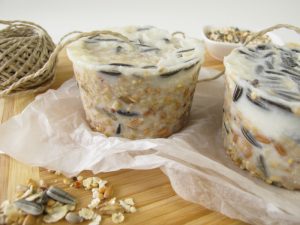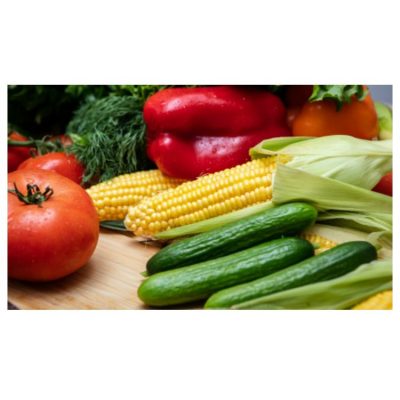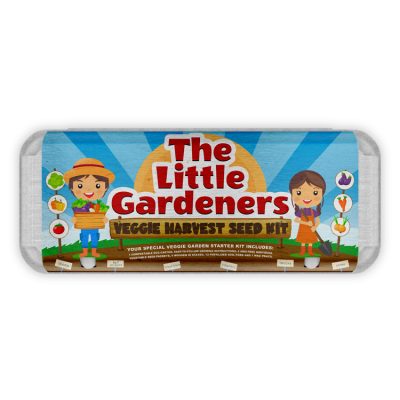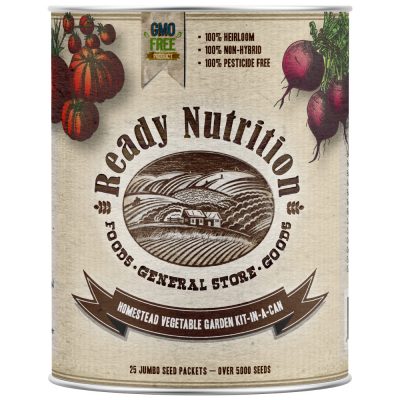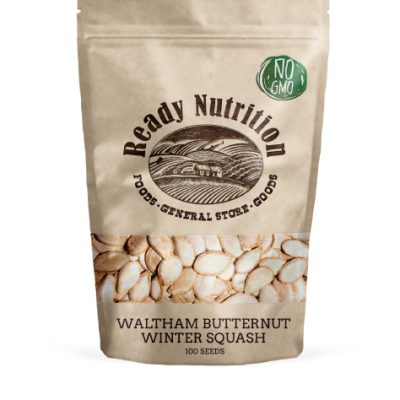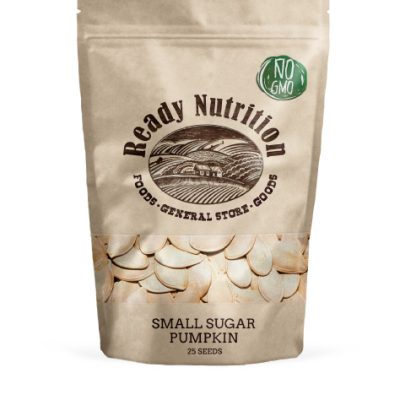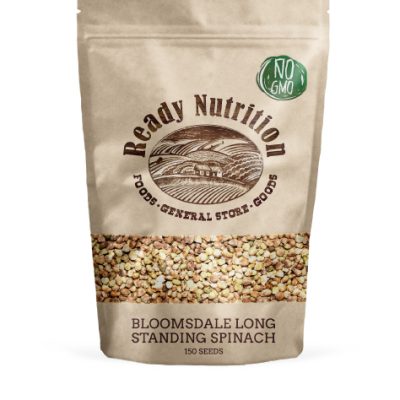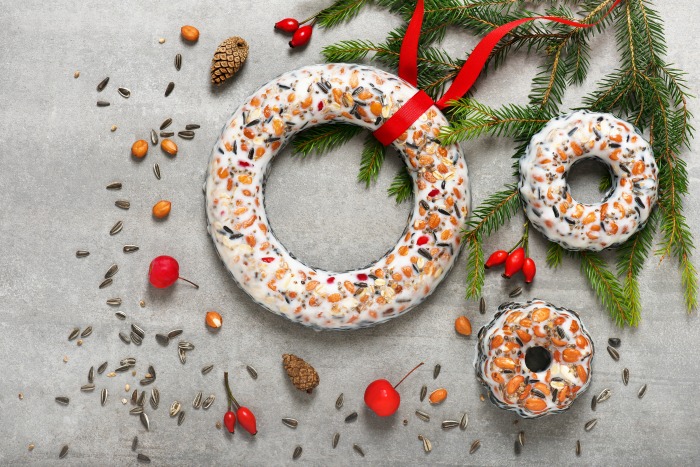
I like to entice wild birds into my yard as I feel they have a symbiotic relationship with my garden. Birds will do a good job at reducing insect populations, like aphids and mosquitoes. They also help with weed control by eating up weed seeds growing in the yard or garden. Some birds like hummingbirds, finches, robins, and orioles can aid in pollination as well by sipping nectar from flowers and buds.
What to add
During winter, wild birds need extra energy to stay warm and will love the birdseed ornaments you set out for them. Some of their favorite garden seeds are:
- oats
- millet
- peanuts
- dried fruits (apple, berries, pear or orange chunks, raisins or cranberries)
- wheat
- tomato
- peppers
- cabbage
- cracked corn
- leafy green seeds (lettuce, kale, and collard greens)
- squash seeds
- melon seeds
- sunflower seeds
- mealworms (for additional protein and nutrition)
Suet or animal lard is an ideal binding agent and the fat is great for birds in winter. The lard or suet is formed into hard cakes, balls or other shapes and rolled in bird seed. There are several ways to acquire different types of suet for making your own cakes. Bacon drippings, beef or pork fat can all be used for making suet. If you prefer a different approach, some even use vegetable shortening or peanut butter for their suet. We all remember the childhood craft of rolling a pine cone in peanut butter and birdseed. Personally, I wanted to use up some animal lard that a friend gave me, so I rendered it to make my birdseed ornaments. If you want to make your own rendered fat, ask a local farmer or your local butcher for some trimmings and they will be happy to oblige.
What to avoid
While giving the wild bird population food during winter is kind-hearted, there are some considerations to keep in mind. Avoid using spoiled seeds or those that have fungus or mold growing on them. This can make birds sick. As well, do not offer birds any fruit or seed that has been treated with pesticides, herbicides or other potentially toxic chemicals. Even small quantities of these chemicals can be fatal to birds, and poisons may build up in birds’ bodies to cause breeding problems or be passed along to young birds.
How to make birdseed ornaments
What you’ll need:
- Lard or suet bowl
- Saucepan
- Spoon
- String or twine
- Plastic cups, used yogurt cups, or your favorite cookie cutters
- Any of the following: wild bird seed, dried fruits, vegetable seeds, mealworms
- Melt suet over low heat taking care not to burn the fat. Turn off heat and set aside.
- In a mixing bowl, combine seeds and fruit and stir until combined.
- Add melted suet to seed bowl and stir until combined. The best ratio is one part suet to one part seed mixture.
- Make a small hole in the bottom of a plastic cup or yogurt cup and tie a large knot in the bottom with enough twine to for tieing on branches later.
- Pack in the suet blend and fill up the container. Tie another large knot on the other end of the ornament for hanging.
- Set in refrigerator to cool. When suet has set, cut out the birdseed ornaments from the container.
- Hang on your favorite trees outside.
Making birdseed ornaments for the local bird populations is a great way to invite birds to your garden and a playful way to learn more about nature. As well, you are finding a new use for older seeds.

